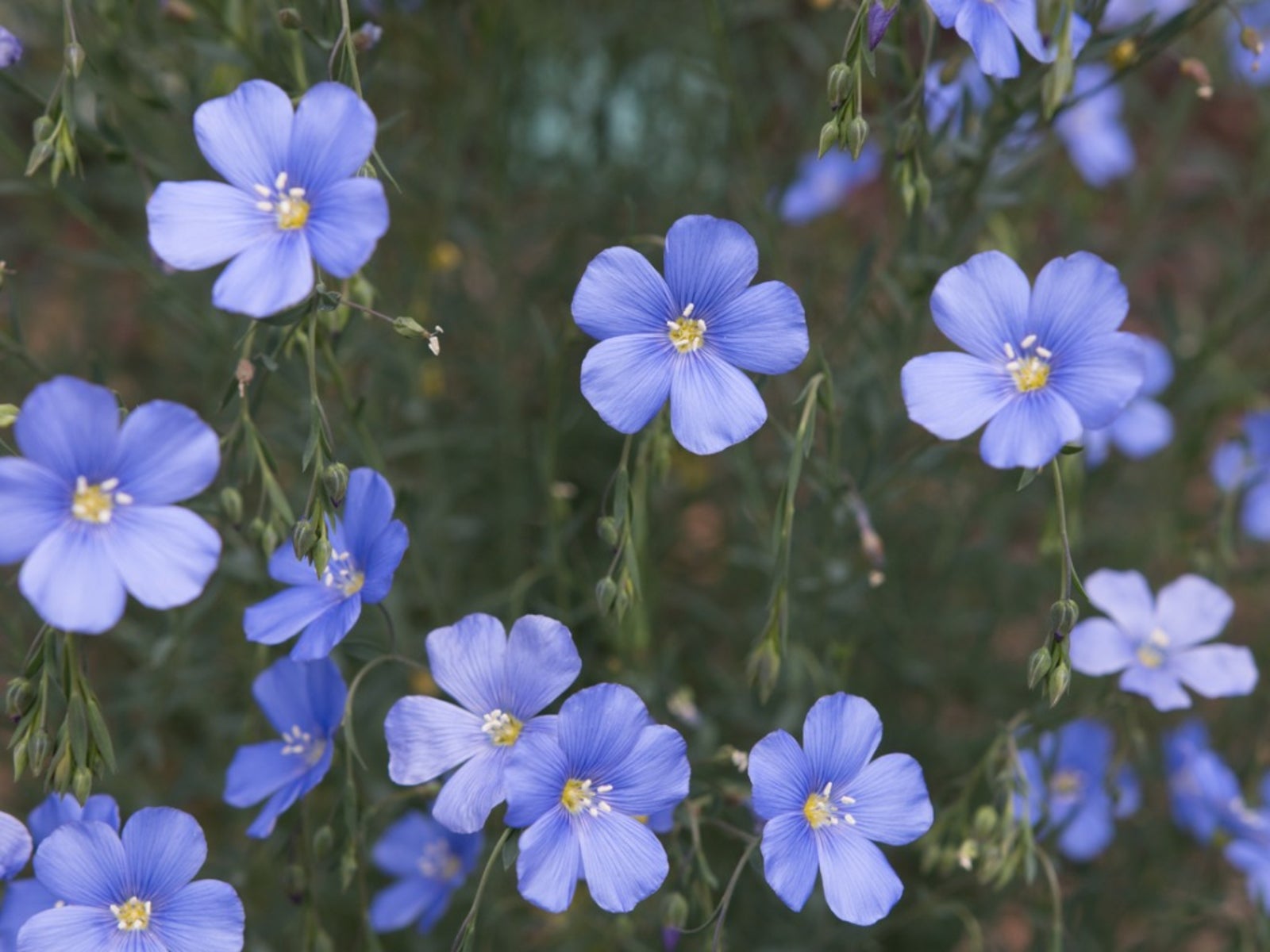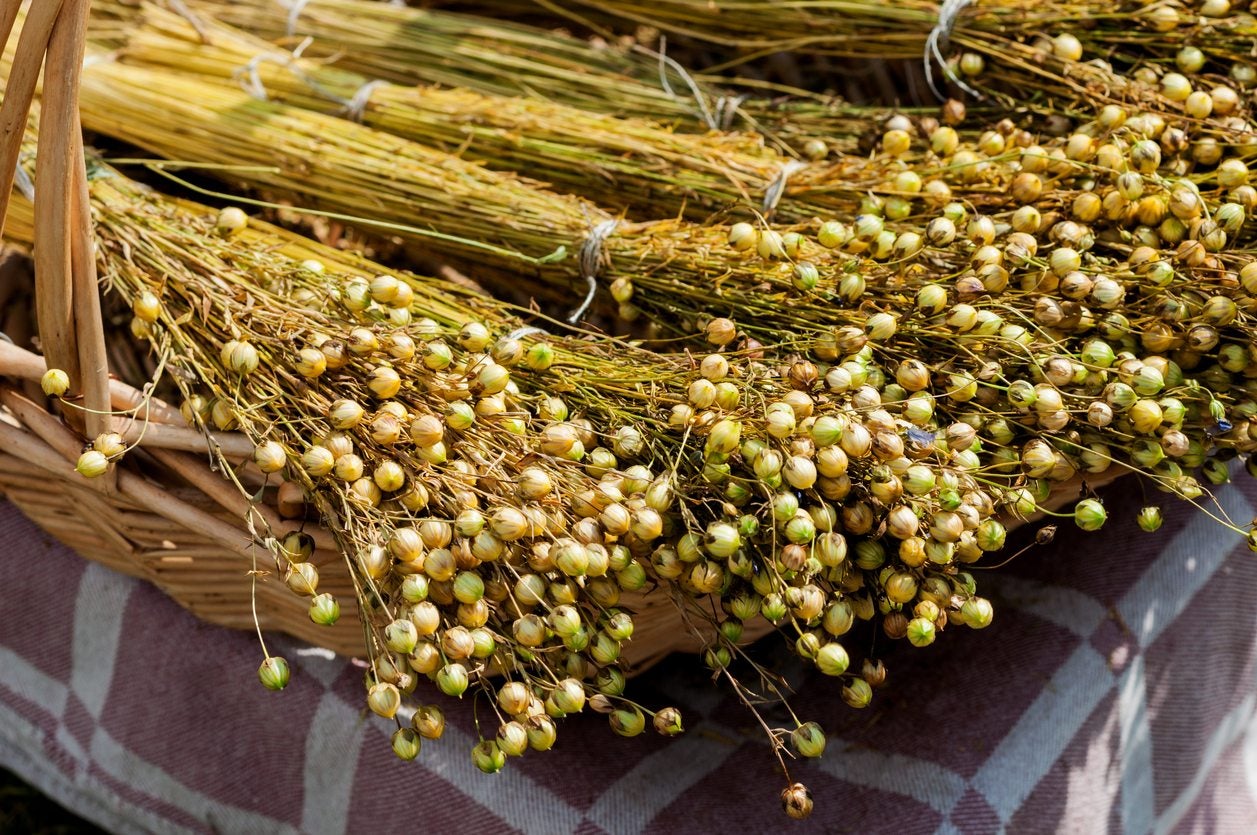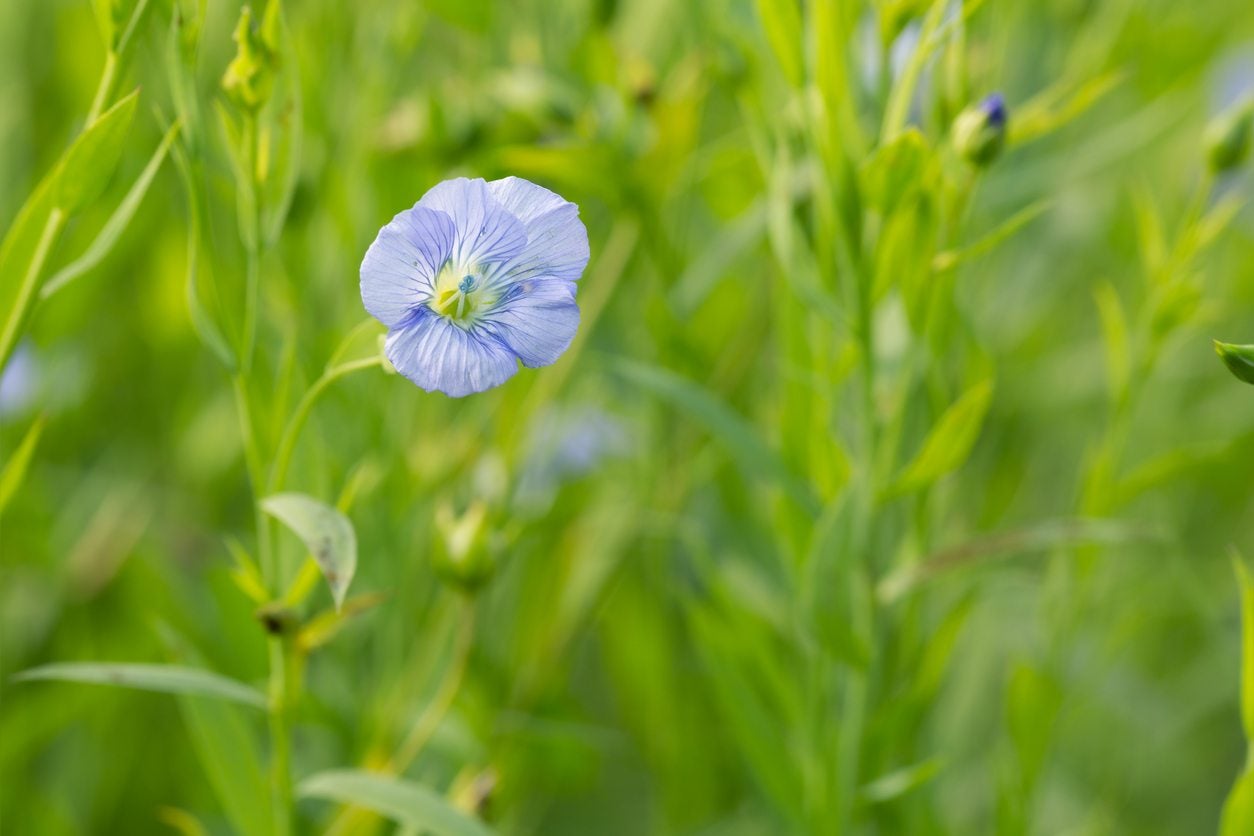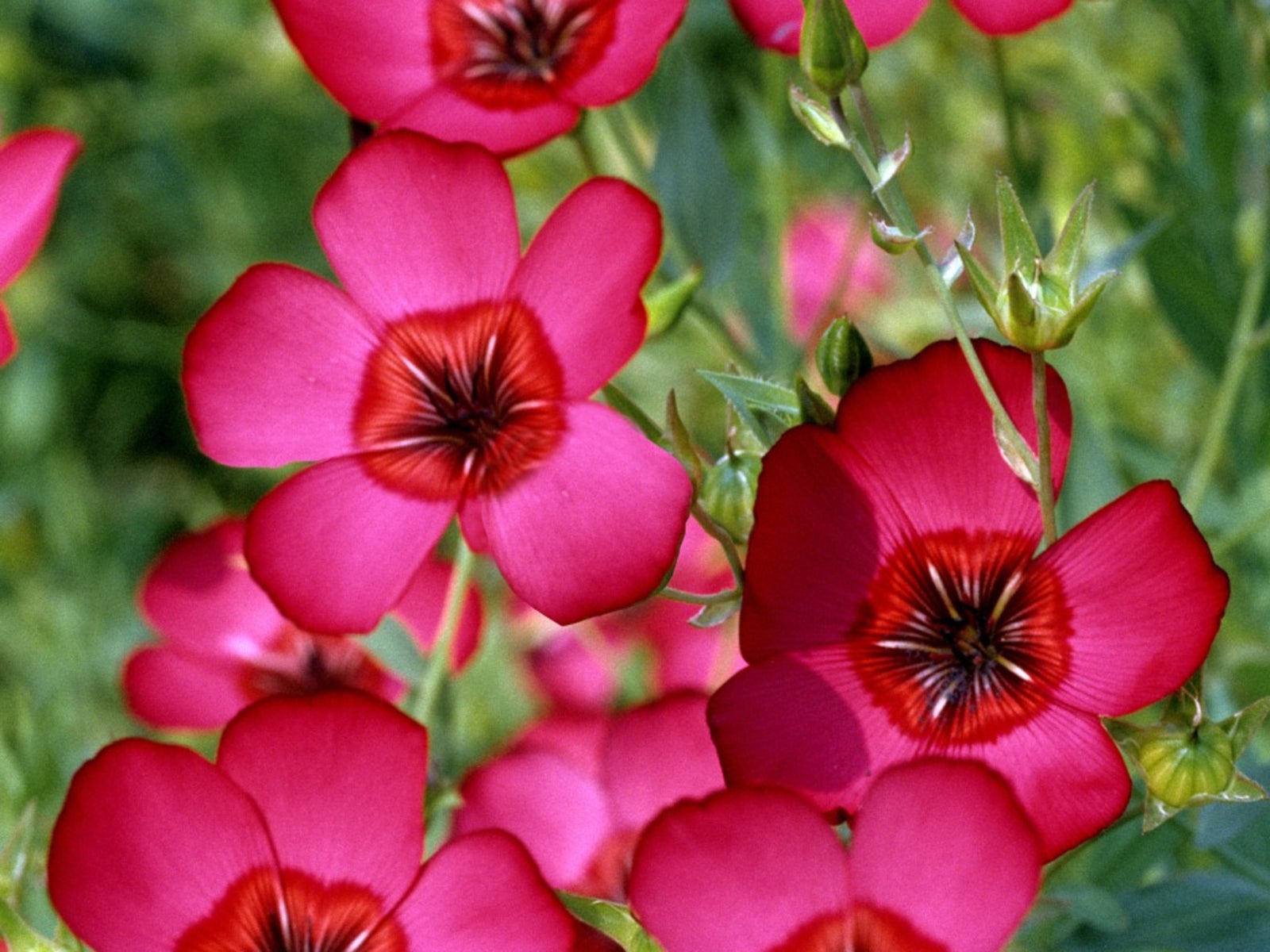Growing Flax: Tips For Flax Plant Care


The blue flax flower, Linum lewisii, is a wildflower native to California but can be grown with a 70 percent success rate in other parts of the United States. The cup-shaped annual, sometimes perennial, flax flower begins blooming in May and will continue through September, producing abundant flowers that last only a day. Flax may reach 2 feet (1 m.) or more at maturity.
The common flax plant, Linum usitatissimum, may be grown as a commercial crop in some areas. Flax is grown for the oil of its seeds, linseed oil, which is a protein source for livestock. Some commercial growers plant legumes as companions of the flax flower.
How to Grow Flax
Continued bloom of the flax flower is assured if conditions are right, due to the self-seeding of this plant. A single planting in early spring provides an abundance of flax flowers in late spring and summer, but re-seeding by this plant assures a continued mass of growing flax in the meadow or natural area.
Soil for planting flax should be poor and barren. Sand, clay, and rocky soil all contribute to the best growth of this plant. Soil that is too rich or organic may cause the plant to flop or die altogether as it is overtaken by other plantings that like rich, organic soil.
Watering the growing flax plant is usually not necessary, as the plant prefers dry soil.
Tips on how to grow flax should contain a recommendation that the location for planting flax be chosen carefully. It is probably not appropriate for a formal or worked-up garden, as the soil will be too rich and most other plants in that setting will need water.
After planting, flax plant care is simple, as little maintenance is needed when growing flax. Tiny seeds germinate within a month of planting and produce a wealth of growing flax. The flax flower lasts only a day, but there seems to always be another to take its place.
Gardening tips, videos, info and more delivered right to your inbox!
Sign up for the Gardening Know How newsletter today and receive a free copy of our e-book "How to Grow Delicious Tomatoes".
If you would like to grow flax, consider seeding a meadow or open area with sunny spots. Seed sparingly until you see how the flax performs, as it has been known to escape cultivation and is considered a weed by some.

Becca Badgett was a regular contributor to Gardening Know How for ten years. Co-author of the book How to Grow an EMERGENCY Garden, Becca specializes in succulent and cactus gardening.
-
 Looking For Plants To Give You The Soft And Fuzzies? Try These 5 Fuzzy Leaf Plant Options
Looking For Plants To Give You The Soft And Fuzzies? Try These 5 Fuzzy Leaf Plant OptionsLovers of texture, drama, silver foliage and tactile plants will adore these special sensory garden additions. These fuzzy leaf plant options will leave you all aglow
By Susan Albert
-
 Get Ready For A Summer Of Hummers! Grow These Full Sun Hummingbird Plants and Flowers
Get Ready For A Summer Of Hummers! Grow These Full Sun Hummingbird Plants and FlowersIf you’re lucky enough to enjoy a sunny backyard, make sure you are maxing out on your pollinator opportunities and grow these full sun hummingbird plants and flowers
By Tonya Barnett
-
 Flaxseed Harvesting Time: Learn How To Harvest Flaxseed In Gardens
Flaxseed Harvesting Time: Learn How To Harvest Flaxseed In GardensCommercial flaxseed growers generally winnow the plants and allow them to dry in the field. For backyard flaxseed growers, harvesting flaxseed is a very different process usually done completely by hand. Click this article to learn how to harvest flaxseed.
By Mary H. Dyer
-
 What Is Flaxseed – Tips On Growing Your Own Flaxseed Plants
What Is Flaxseed – Tips On Growing Your Own Flaxseed PlantsFlax, one of the first crops domesticated by man, was used primarily for fiber. In recent years, we have become more aware of the plant's many benefits - the seeds. Growing your own flaxseed isn't difficult, and the beauty of the plant is an added bonus. Learn more here.
By Mary H. Dyer
-
 Scarlet Flax Planting: Scarlet Flax Care And Growing Conditions
Scarlet Flax Planting: Scarlet Flax Care And Growing ConditionsAn interesting plant for the garden with a rich history, not to mention its vibrant red color, the scarlet flax wildflower is a great addition. Read this article for more scarlet flax information.
By Susan Patterson